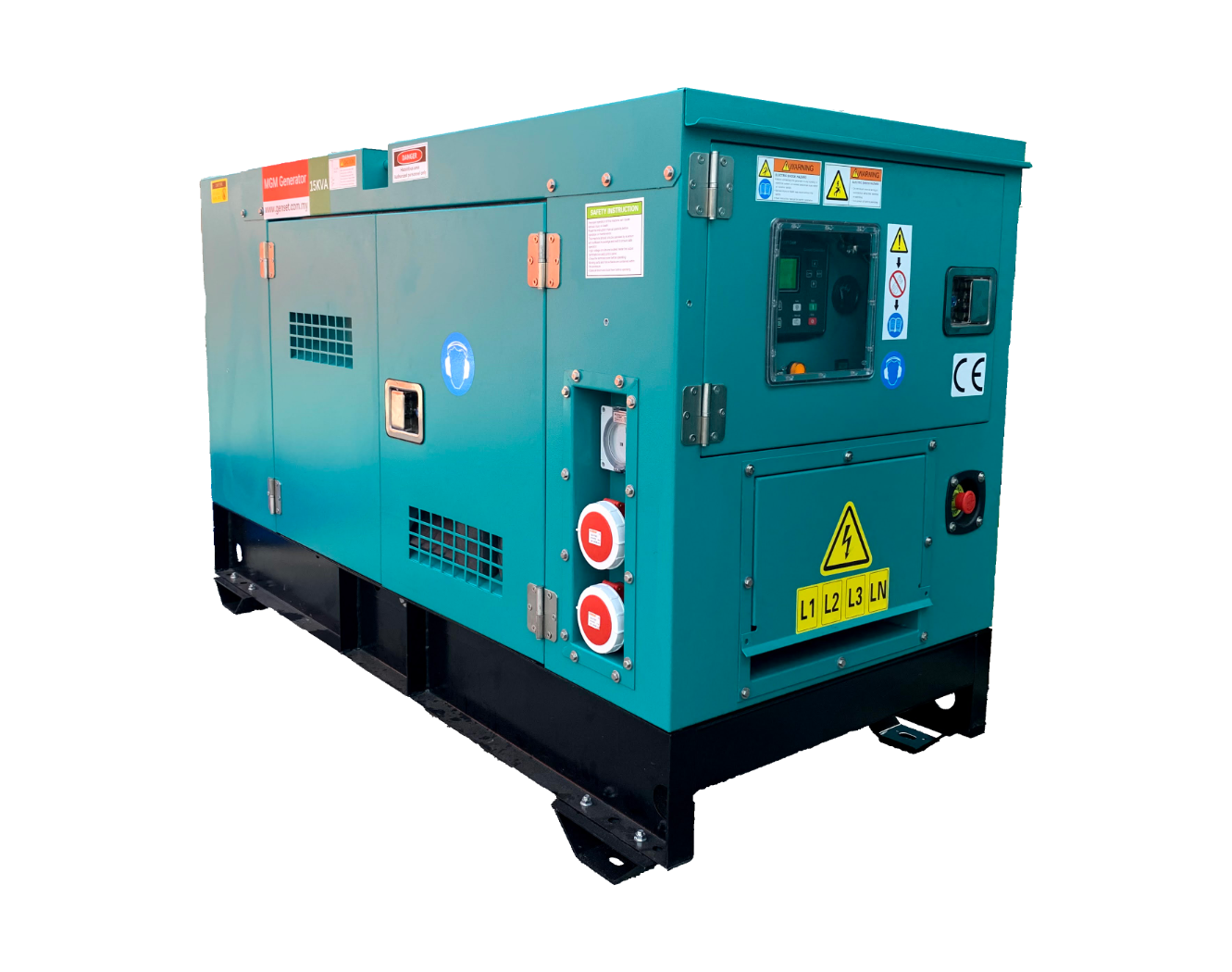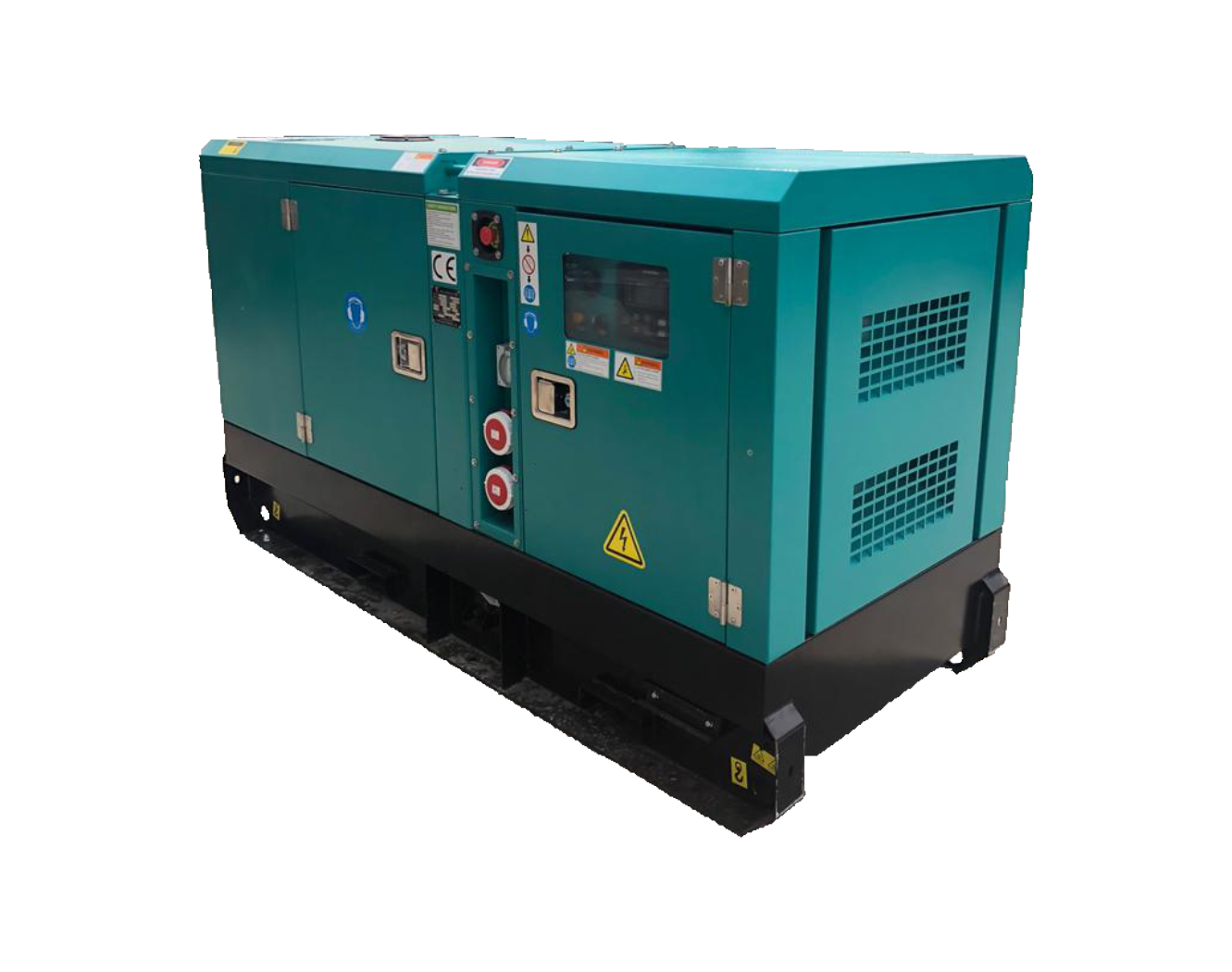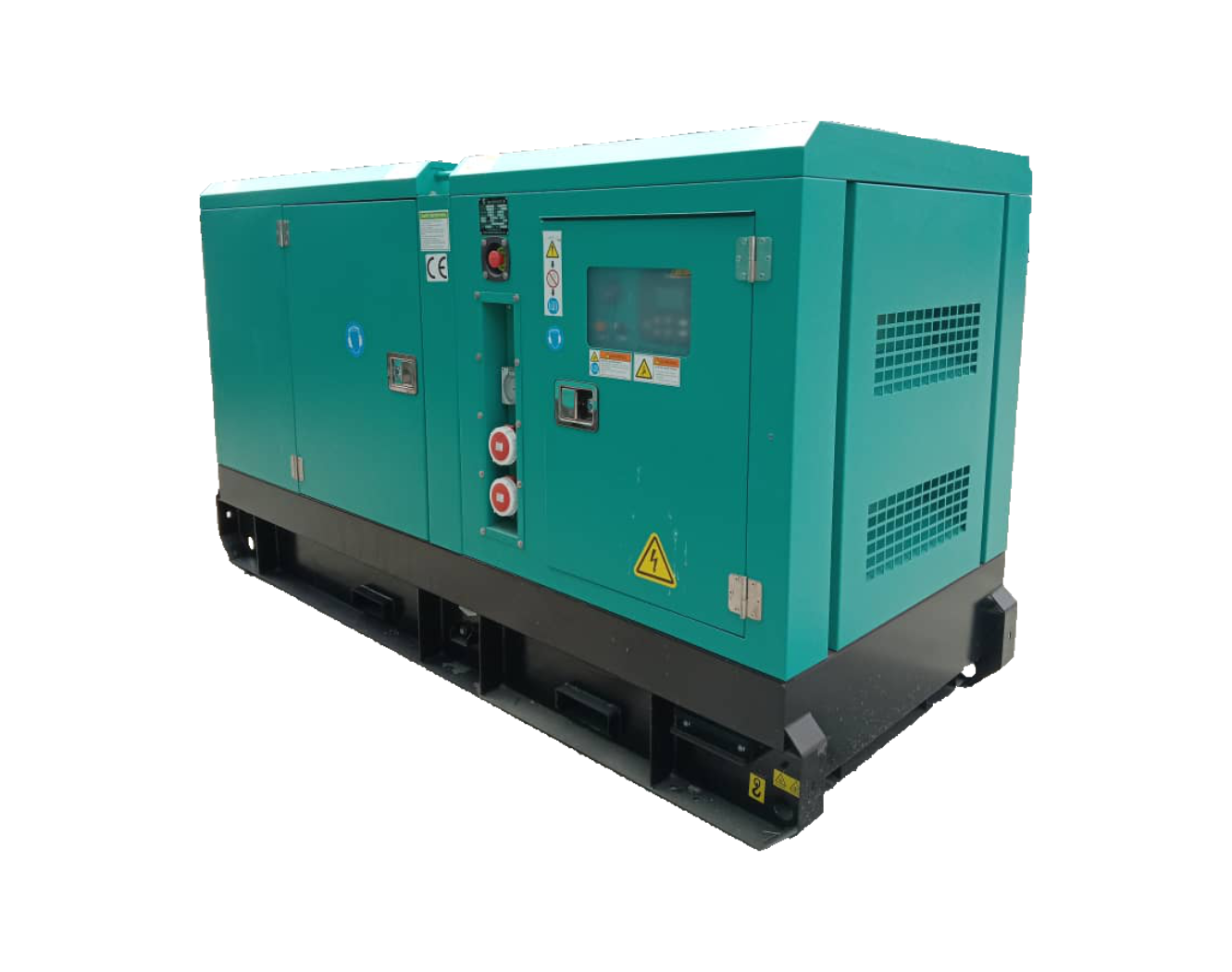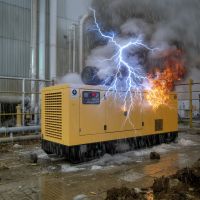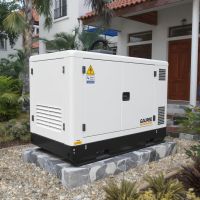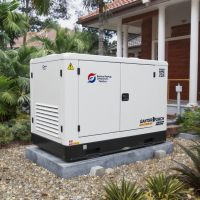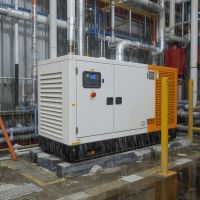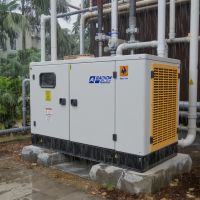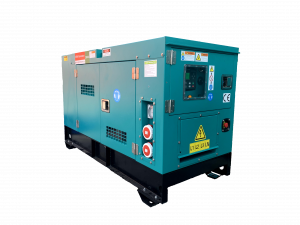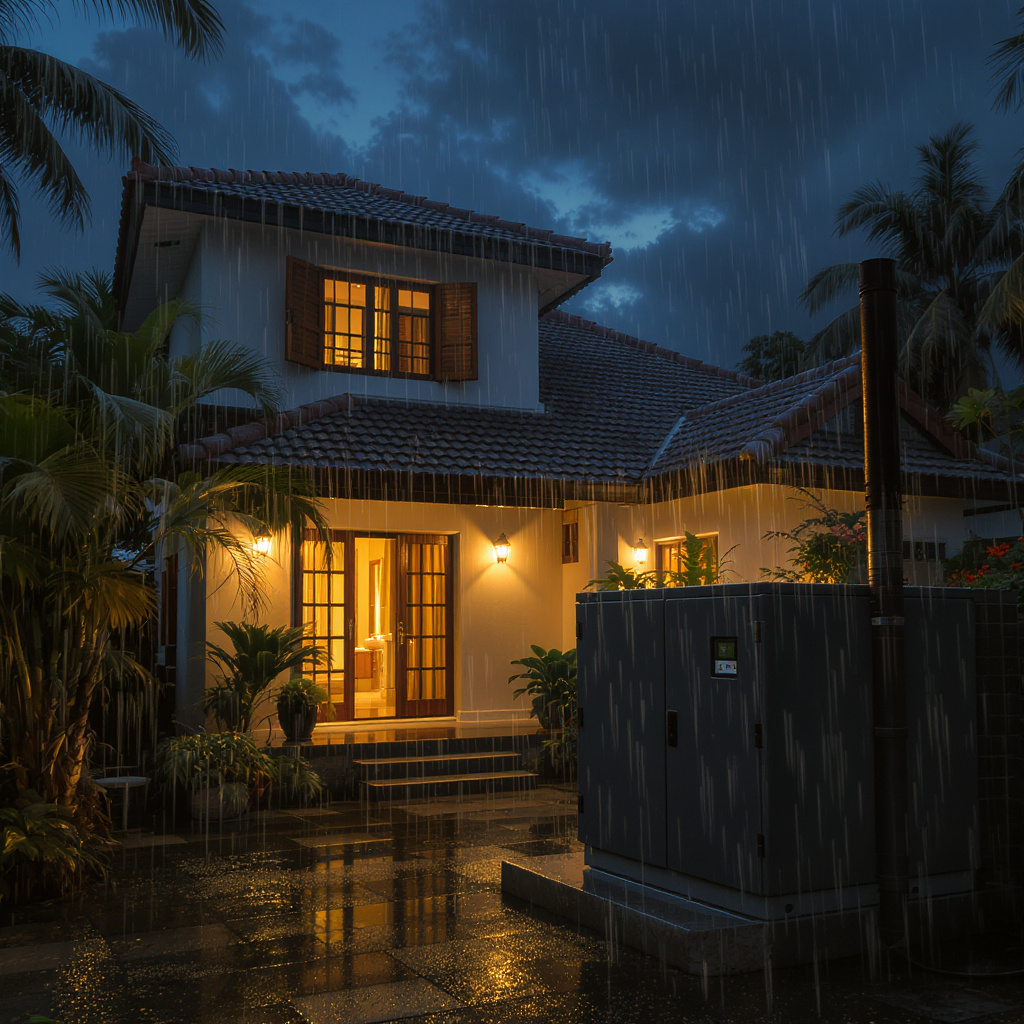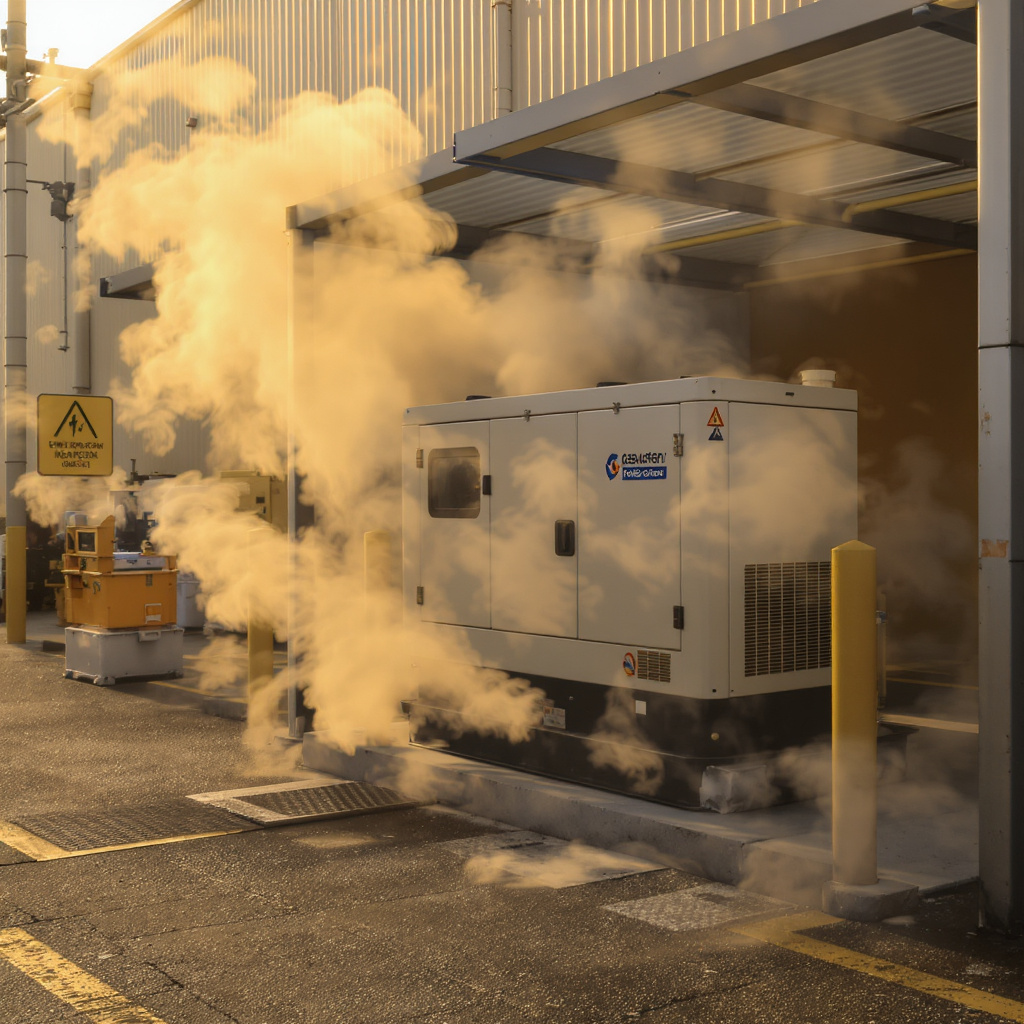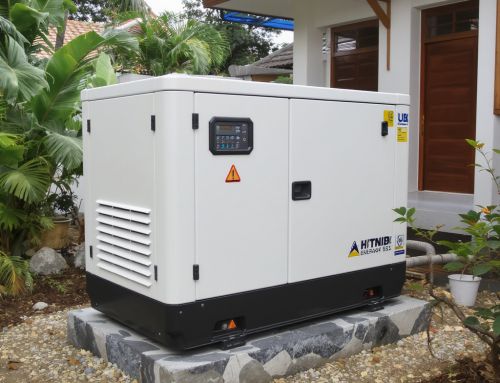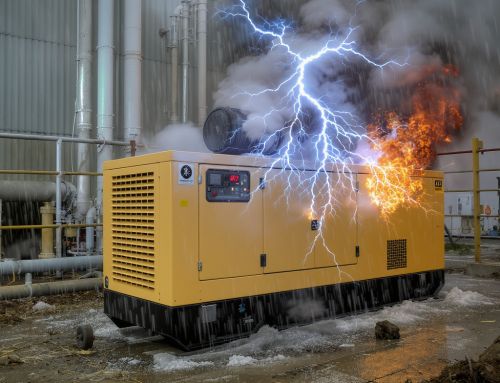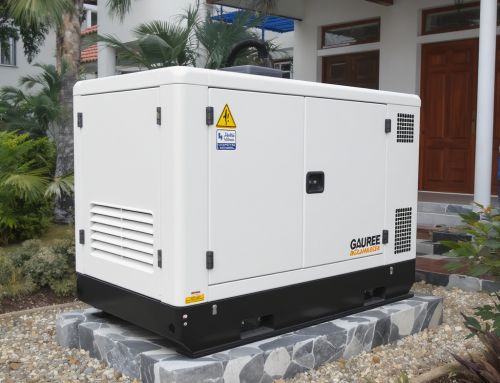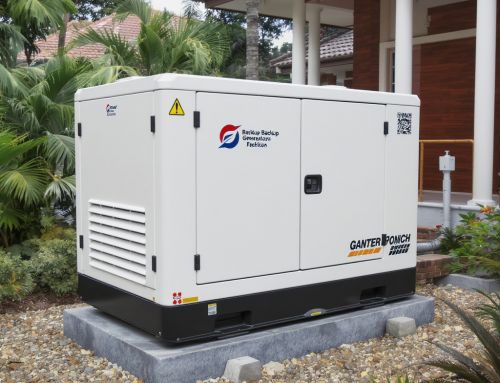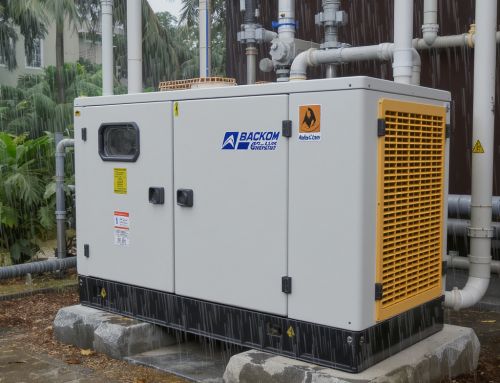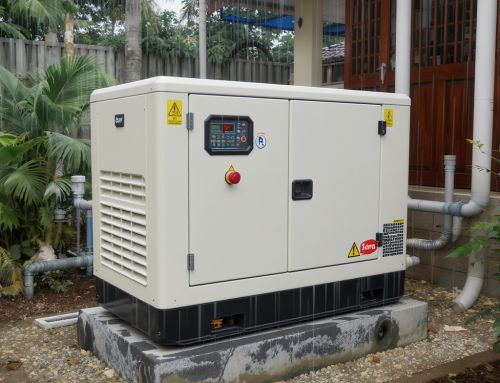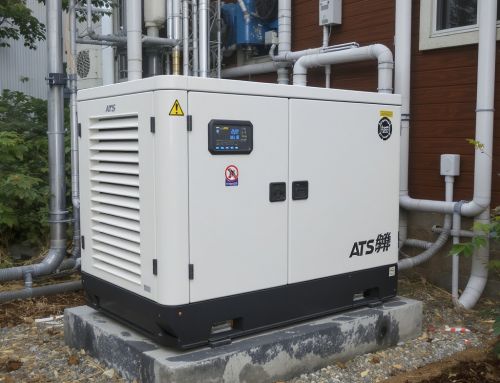From Terrace Homes to Light Manufacturing: The Real ROI of a Backup Generator in Malaysia’s Monsoon and Heat?Wave Grid
Between late?year monsoons and record heat waves, Malaysia’s grid is under pressure. For homeowners and factory managers alike, the cost of downtime—from spoiled food and unsafe indoor temperatures to halted production lines—adds up fast. This article breaks down the true, ringgit?and?sen return on a properly sized HOME/COMMERCIAL generator, plus key considerations for safety, compliance, and long?term ownership.
Why outages cost more than the generator
For homes, a few hours without power can mean spoiled groceries, flooded basements from inactive sump pumps, and unsafe temperatures for children or elderly family members. In a light manufacturing setting, an outage can stall work?in?progress, scrap materials mid?cycle, and trigger missed delivery penalties. If you experience even three to five unplanned outages a year, a standby generator often pays for itself within a few seasons.
Consider a small terrace home: a compact 6–12 kVA unit can keep essentials (lights, fridge, Wi?Fi, gate, a room air?con, and pumps) running. For a small factory, 60–160 kVA can maintain critical loads—compressors, PLCs, servers, and lighting—so you can complete batches and protect tooling.
Sizing for Malaysian realities
Start by listing critical loads and applying a starting surge factor, especially for motors and compressors. Heat?wave days push HVAC demand higher, so build headroom for higher ambient temps and simultaneous starting currents. For homes, many customers land between 8–15 kVA. For factories, popular sizes include 60 kVA, 160 kVA, and in some cases step up to 250 kVA for production lines.
Compliance, safety, and quiet operation
Noise and emissions matter—especially in dense housing and mixed?use industrial zones. Look for acoustic canopies rated below 70 dB(A) at 7 m, low?emission diesel engines, proper exhaust routing, and compliance with local fire safety and electrical by?laws. Professional installation should include an automatic transfer switch (ATS), correct earthing, and clearance for ventilation and refueling. Position away from windows and air intakes; ensure flood?resilient pads in monsoon?prone areas.
Fuel strategy and runtime
Diesel remains the most reliable option for extended runtimes and wide service availability. For homes, a 60–100 L day tank often covers overnight blackouts. For factories, integrate bulk storage sized to your critical?load hours with safe bunding and monitoring. Regular load?bank testing prevents wet?stacking and ensures the set pulls its rated load when needed most.
The ROI model—in plain terms
Calculate: (Annual outage hours × cost per hour) + (avoided spoilage + avoided penalties) + (productivity saved) ? (fuel + maintenance). In Malaysia, even conservative inputs show payback in 18–36 months for many homes and SMEs. Add soft benefits: preserved brand reputation, safer conditions for staff and family, and insurance alignment.
Placement, space, and aesthetics
Terrace homes often prefer compact, side?yard enclosures that blend with fencing and landscaping. Factories benefit from weatherproof canopies on concrete plinths with forklift access. Either way, plan cable routes early to minimize trenching and disruption while keeping the ATS close to the main distribution board.
Service, financing, and next steps
Choose a partner who can size, supply, install, and maintain. We provide site surveys, load studies, and turnkey commissioning, with scheduled maintenance and remote monitoring options. Explore popular models online, or speak to our team for a fast quotation and lead time.
Explore models now: 30 kVA, 60 kVA, and 160 kVA. Ready to move? Contact us, email genset@genset.com.my or call +60129689816.

